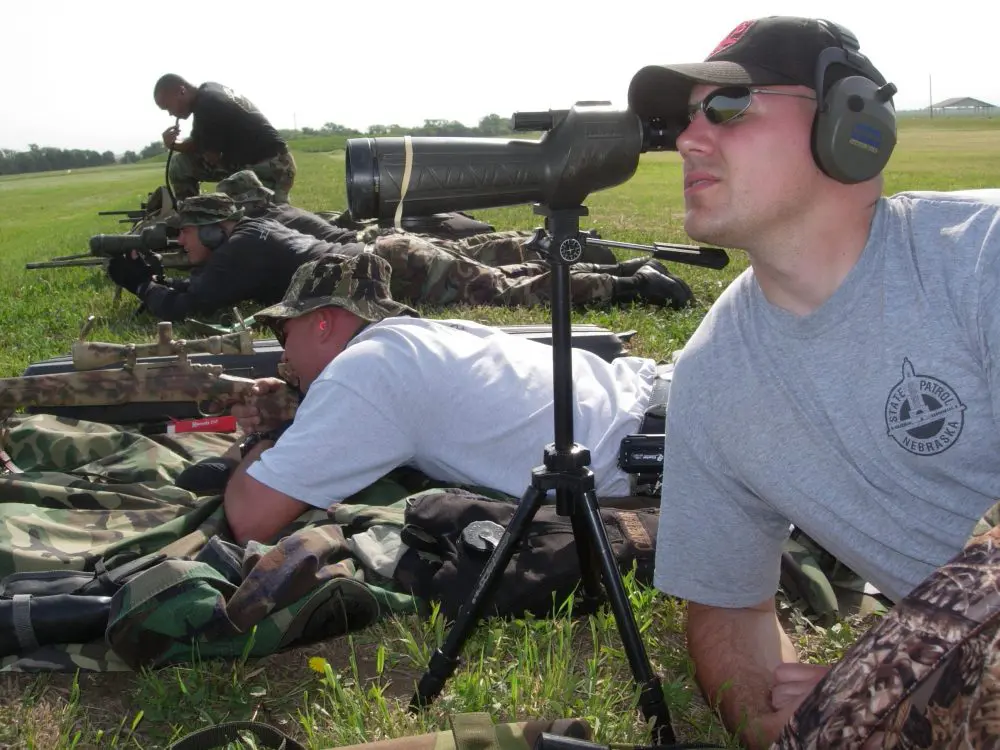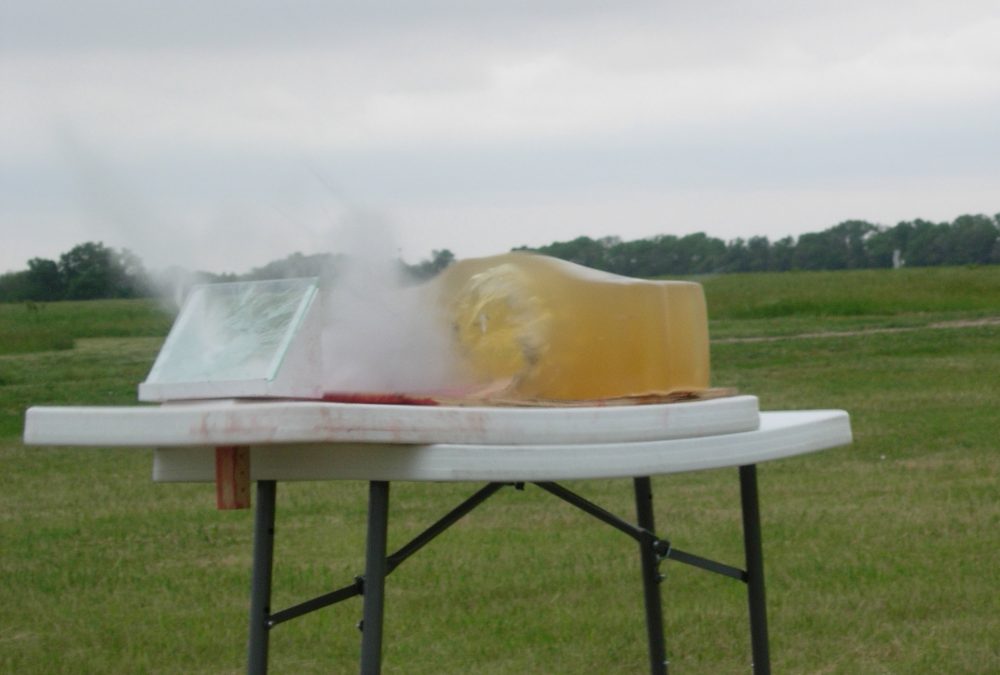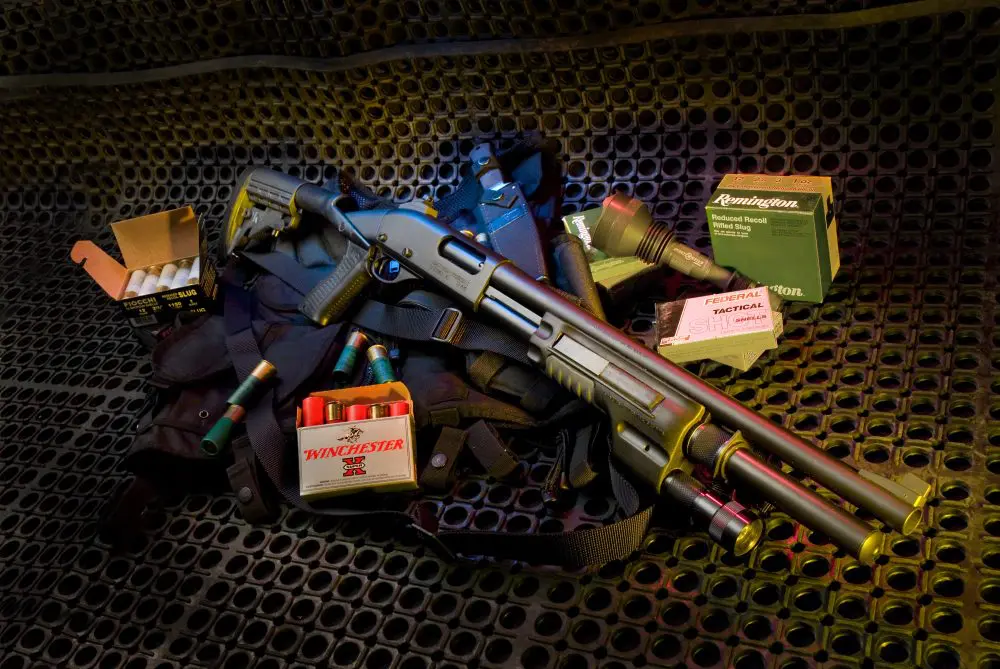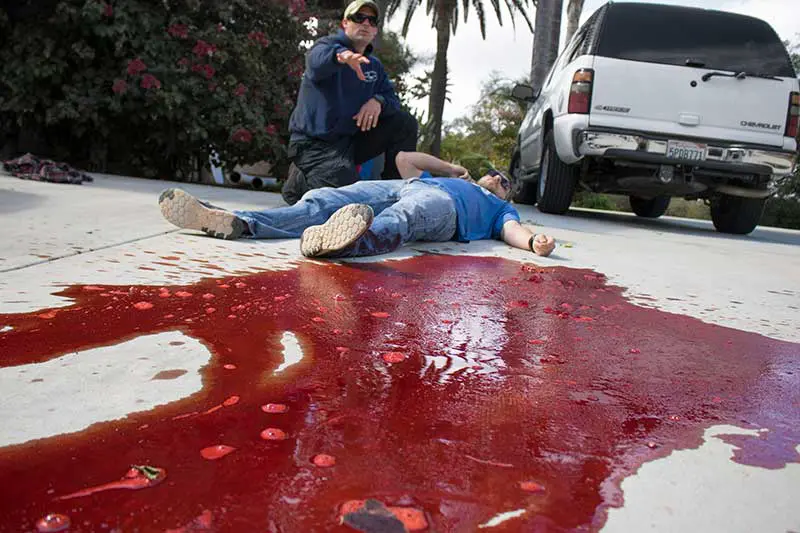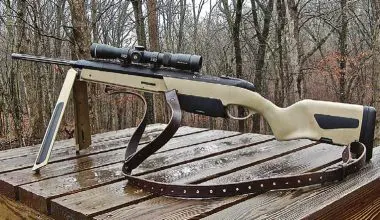The scheduling of the four-day Hornady Academy Police Precision Rifle Course could not have been better. On May 20th, I took delivery of a new Robar rifle and the course started on May 23rd. I’d only have to wait three days to run this rifle through its paces in a practical and intense setting. Book the flight, pack the gear.
The course was to take place not too far from the Hornady factory at a National Guard facility with a well maintained, known distance range (adjacent to a machine gun range) with standard military plastic poppers. When I arrived, I found that the participants in the course were mostly from Nebraska and included personnel from State Patrol, National Guard, police, corrections and sheriff’s agencies. Most of the students had been through marksman or sniper certification and all participants, except for yours truly, were “deployable assets” with a precision rifle for their agency.
Lead Instructor Giles Stock is a well-known name in the training industry. He has taught at Gunsite since Jeff Cooper was hands-on with every student. Mr. Stock also ran the firearms training section at the Phoenix Police Academy during his twenty-year tenure with that agency.
During the course, students spent a significant amount of time working in sniper/observer pairs. Coordination between a spotter and the shooter is vital to the success of the mission and force protection.
Mr. Stock made no apologies for the commercial nature of this course during the introduction. There is much more integrity in telling the students in the first five minutes of the course that Hornady is trying to sell ammunition to their agencies than having to admit it later when a student brings it up. The fact is that there is nothing wrong with this deal. Hornady provides a trunk load of 168-grain .308 TAP and several operational marksmen get to spend four days honing their skills under the supervision and guidance of a nationally recognized instructor who has been instrumental in the development of precision rifle training doctrine and policy—all for a very reasonable tuition fee. If students choose, they may shoot their own ammunition, but everyone in this particular course chose to take Hornady up on the offer of TAP ammo. Several of the agencies represented shoot TAP as their duty ammo anyway, which made the course an even better deal.
I was told to be prepared for anything as far as weather and shooting conditions were concerned—which meant bring all the tools and gear that I might need.
United Airlines charged an extra $105 for the privilege of bringing the extra bag, which was overweight. But it did make me think about what gear a police precision rifleman needs to carry as compared to other specialists. I guess if I was going to a mechanical breaching school and bringing my own gear I’d have about the same weight total; but those tools would be somewhat easier to pack than hypersensitive items like rifles, scopes, spotting scopes and rangefinders. Bulkier items like all-weather and temperature clothing options, hydration system, shooting mat, rest bag, cleaning equipment (including the one-piece rod) are hard to fit into small packages. Little things like snips, camo netting, tools for adjusting scope mounts, data log book, calculator (and Mil-Dot Master for most of us), basic first aid supplies and a handful of ear plugs instead of the electronic muffs that I wear daily on the pistol range all add up and require some type of organized storage for easy access at the range. Hard cases make the most sense, and the larger ones eat up a significant portion of the airline’s weight limit before you put the first item into them.
During the TAP Ammunition Gelatin Demonstration, shots were taken with a variety of loads and through intermediate barriers, such as this section of automotive glass.
Dedication is required for this type of training and it starts long before you place the crosshairs on the target.
There is a great deal of integrity in the process of Hornady’s approach to providing a quality product to all of their customers, but particularly to law enforcement users. At the back of the factory in Grand Island, Nebraska they import high-grade raw materials including lead, copper and brass. They hire engineers who are not only very knowledgeable, but also very interested in what they are doing, being hunters and shooters themselves. They have state-of-the-art machinery that takes the raw materials through dozens of stages to produce a consistent product which, of course, is subjected to rigorous quality control standards.
Finally, through the Hornady Academy project, they fly in a highly regarded and professional instructor to work with officers from all across the country to conduct practical exercises with the end product. At any point, there are several people involved in the process who can identify a potential problem, from the members of the staff who extrude the lead ingots into wire which gets cut into chunks that will eventually get formed and jacketed, to the instructor on the range who can empirically check performance deviation from one lot to the next from a variety of real world pieces of equipment—not just test barrels in the basement. I am not aware of any other ammunition manufacturer who has this much control or takes this much time to produce a quality product at anywhere near the volume that Hornady produces.
The course schedule also included a gelatin shoot where the performance of TAP ammunition was demonstrated against other rounds, including the ubiquitous Sierra Match King. The key factor in Hornady’s claims of superior terminal performance is that the TAP round creates a wider path of destruction through the body faster than the more traditionally designed bullets do, with no loss of intermediate barrier penetration or accuracy. The tests demonstrated that the TAP rounds do create wider and shorter wound paths than competitors that were tested. While any 168-grain projectile moving at over 2,000 feet-per-second through a brain cavity would be devastating, other shots and circumstances could benefit from the reduced depth of penetration and rapid expansion of the AMAX bullet in the TAP round.
Although this course was primarily an opportunity for experienced shooters to hone their skills under a variety of different circumstances and through several innovative and practical drills, Mr. Stock did provide some excellent points of instruction for the students.
Safety manipulation is something that can cause a bit of debate among instructors and shooters alike. When do you put it on, when do you take it off? Personally, I vote for taking the safety off as I extend a pistol or bring up a shotgun or carbine and putting it back on as I return to the ready. This results in the most consistency when engaging a target from any condition, which leads to efficiency and effectiveness under stress.
But what about a precision rifle? When do you take the safety on or off? What is your agency’s policy? The fact is most agencies don’t have a policy for when the safety of a precision rifle should be on or off. Mr. Stock advocates a clearly defined policy that keeps the safety on until just before any shot is taken. While this may seem like it would be a problem for “quick shots” to most riflemen, the truth is that after a few drills from the prone, it was no problem to get consistent head shots in 1.5-2 seconds on command, starting with the safety on.
To facilitate this with a minimum of movement, Mr. Stock recommends a ready position which stages a bent thumb on the safety and leaves it on the right side of the rifle during firing, relying on other points of contact to steady the rifle during the shot. Many marksmen put the safety on when conducting “over-watch” or surveillance activities which require covering neutrals or good guys, but then take it off again once back in the area where the bad guys were. This is inconsistent and could result in the need for a quick shot from a safety-on position—which may not have been practiced enough. While I found leaving the thumb on the side of the rifle to be a bit awkward at first, the concept of using the safety constantly on the weapon makes sense and will be integrated into my training, practice and doctrine.
Another great offering from Mr. Stock was his ten-shot qualification course. Previously, all of my precision rifle training ended with a “one shot” test—all or nothing. The pressure of that one shot drives home the importance of the one shot that may be needed operationally to save a life, but doesn’t really test the full spectrum of fundamental skills that a precision marksman might need during a critical incident. This course of fire does.
All strings of fire are started with the shooter on the rifle, in the prone position, on the target with the safety ON. The course is started with five rounds loaded in the rifle.
One shot in five seconds.
Two shots in ten seconds.
Three shots in twenty seconds, with the third round being loaded “from the mat.”
The final four shots are fired in twenty seconds.
This qualification course of fire tests aimed fire, quick shots, consistency, follow-up shots and rapid reloading while still carrying the pressure of performance. All shots must be within one inch of the designated point of aim on a head-shaped target. Every shot outside of one-half inch of that point is minus one from a possible score of 100. Therefore, all passing scores will be between 90 and 100. The first time I shot this qualifier, I tried to load the concealment I had draped over me into the chamber along with my sixth round. That obviously didn’t work and by the time I fixed it, the shot went out of the box just as the twenty-second buzzer sounded. Failure. Two days later, on a cooler afternoon without the sun-blocking scarf draped over my rifle and head, my Robar and I shot a 99—I guess that’s why I still go to training!
The experience of the Hornady Academy Police Precision Rifle Course is highly recommended for law enforcement marksmen looking for an outstanding opportunity to develop or hone their rifle skills.
SOURCE:
Hornady Mfg. Co.
Dept. S.W.A.T.
Box 1848
Grand Island, NE 68802-1848
(800) 338-3220
www.hornady.com
